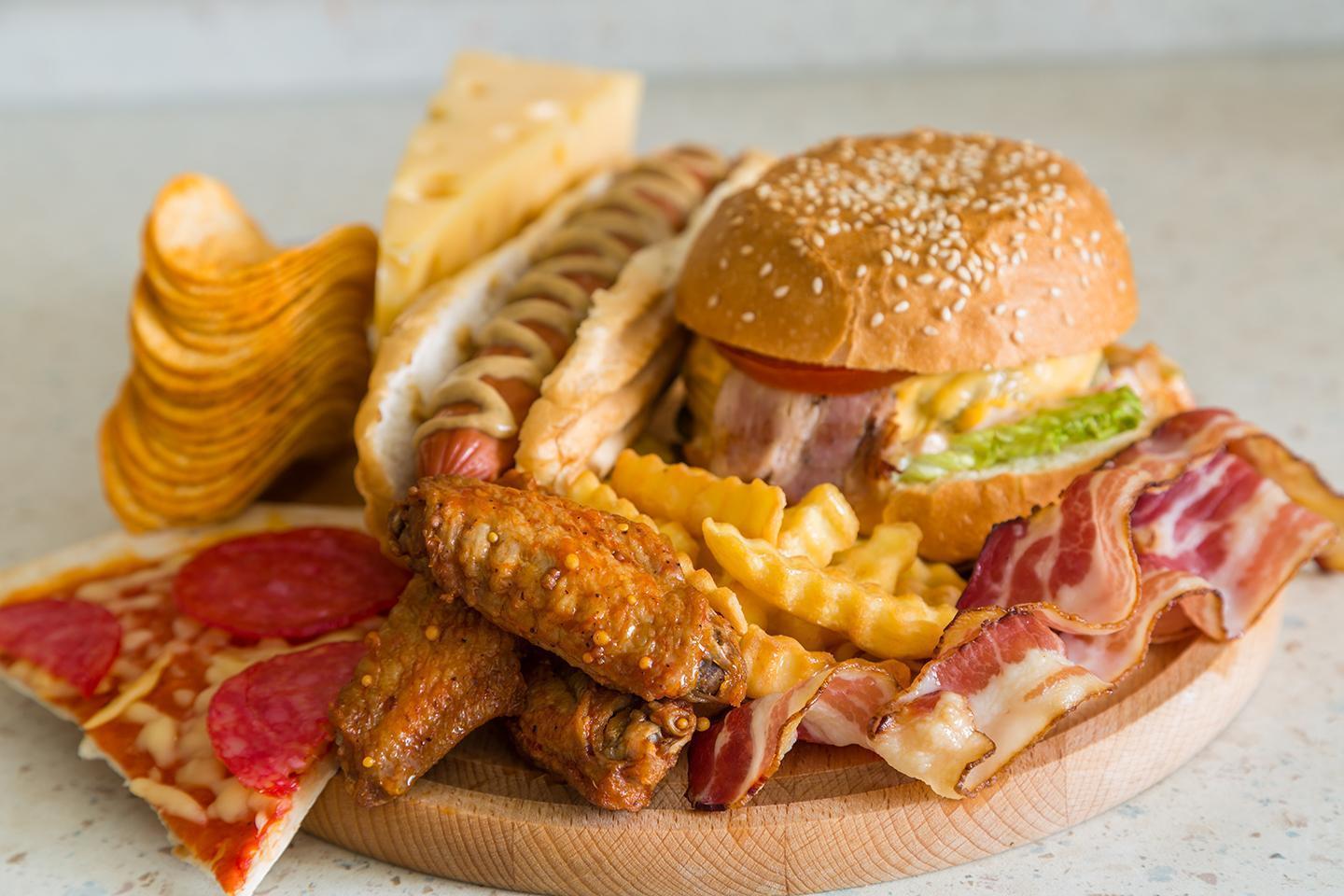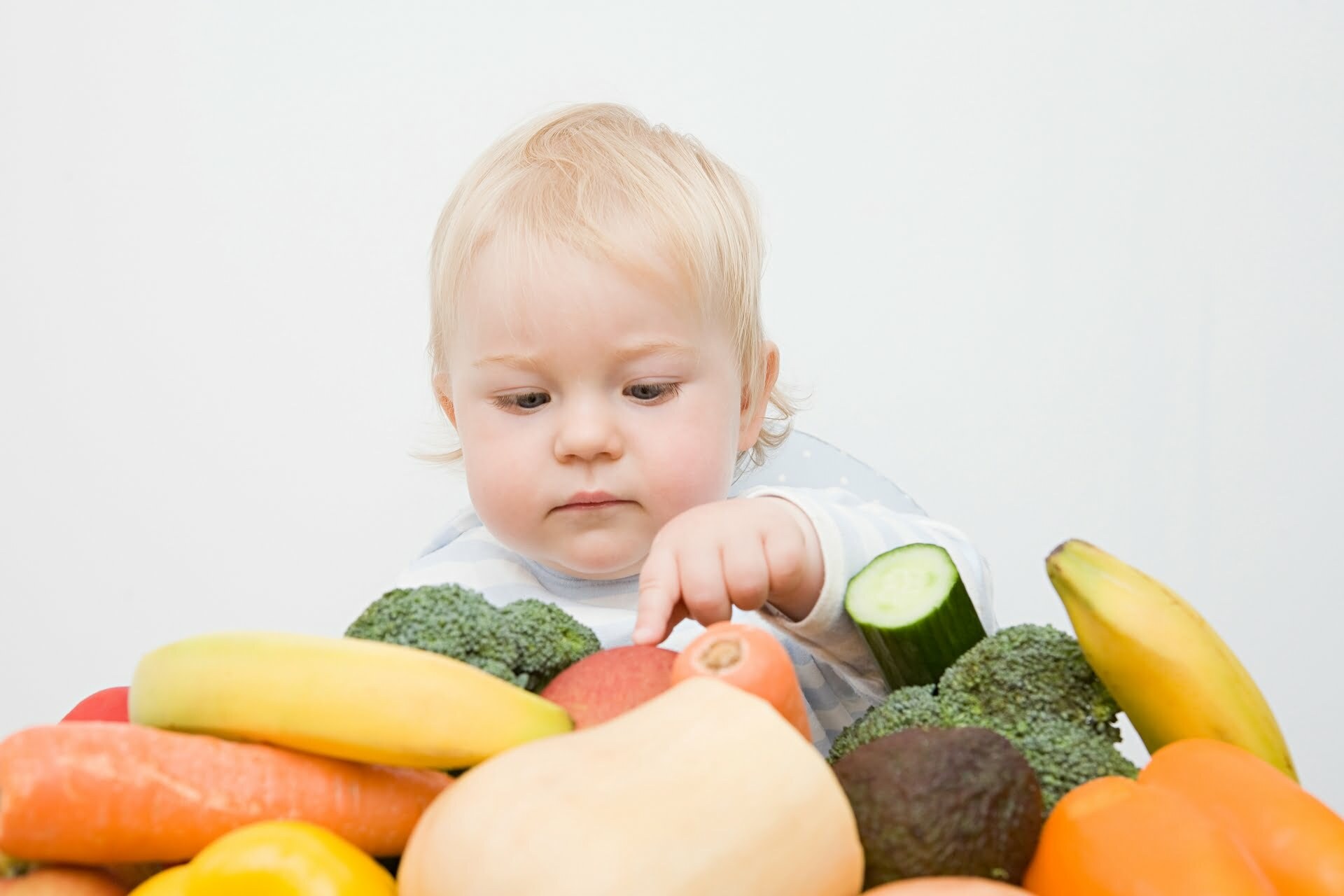Change inside the restaurant enterprise is governed via various factors: patron tastes and developments, meals delivery and pricing, or even the fitness of the actual estate marketplace and the GDP. Once in a while, however, this alteration comes from authorities’ regulation and normally finally ends up developing vast evolution in the food service.
Panorama. Some readers may additionally don’t forget the upheaval of the front of residence model when smoking bans began nearly a long time in the past, redesigning dining rooms and getting rid of smoking and non-smoking sections of the eating place (or in a few cases, encasing the smoking phase in zoo-like enclosures, all of which had been eventually removed when the ban became final.)

Industry analysts are watching as a newly introduced capacity unmarried-use plastics ban in Canada can also create similar changes, especially in the speedy meals phase. In early June, Canadian Prime Minister Justin Trudeau announced that the government would ban unmarried-use plastics as early as 2021 and introduce standards and objectives for producers of plastic merchandise or those groups that sell objects with plastic packaging.
Although normal readers may recall an article I wrote about plastic straw phaseouts throughout u. S. A. Final yr, this ban has a wider reach. Plastic has traditionally performed a large role in the take-out order for the fast-food enterprise, from plastic luggage to straws, cutlery, plates, and stir sticks. In recent years, in recognition of mounting consumer strain and the continuing shift far away from plastic, a few chains have started out making modifications to their supply chains in education.
Tim Hortons is phasing in a reusable cup strategy, similarly to the brand new polypropylene lids, strawless lid for cold beverages, paper straws, and a more environmentally pleasant paper cup and wood stir sticks, in keeping with a launch (although the method has met with a few resistance from Greenpeace Canada).
A&W Canada additionally made a few modifications to its offerings, such as remodeling its coffee cup sleeves and burger luggage, in addition to plating some dine-in offerings at breakfast to be served on reusable plates and silverware. “By swapping out paper plates and plastic forks and knives for reusable serving ware, we are retaining 121,000 kilograms (266,000 lbs) of waste out of landfills every year,” claims the corporation’s website. The chain used its closing plastic straws to make a sculpture promoting its modifications, studying “Change is Good” in a 35-foot display out of Toronto’s Union Station doors.
Subway Canada, recognized for its plastic sleeve encasing its subs, now gives a redesigned reusable bag option for franchisees to use, in addition to switching out its wrapping, pouches, and bags to ones using submit-consumer fiber (not as frightening because it sounds).
In overdue June, McDonald’s Canada (also slammed by Greenpeace Canada) opened two incubator locations of its “Green Concept Restaurants” in Ontario and British Columbia. The sites intend to test consumer reaction to newly designed sustainable packaging initiatives, consisting of a reputable cup for bloodless beverages, wooden fiber lids, wood.
Purchasers of Happy Meals and takeout can examine a How 2 Recycle label telling humans how to eliminate their product packaging. The chain has even shriveled the napkins using 20 consistent with cent: Ctlery and stir sticks and paper straws. The chain says that these adjustments and the ones from current years will put off greater than 1,500 heaps of packaging materials from the McDonald’s Canada machine.



